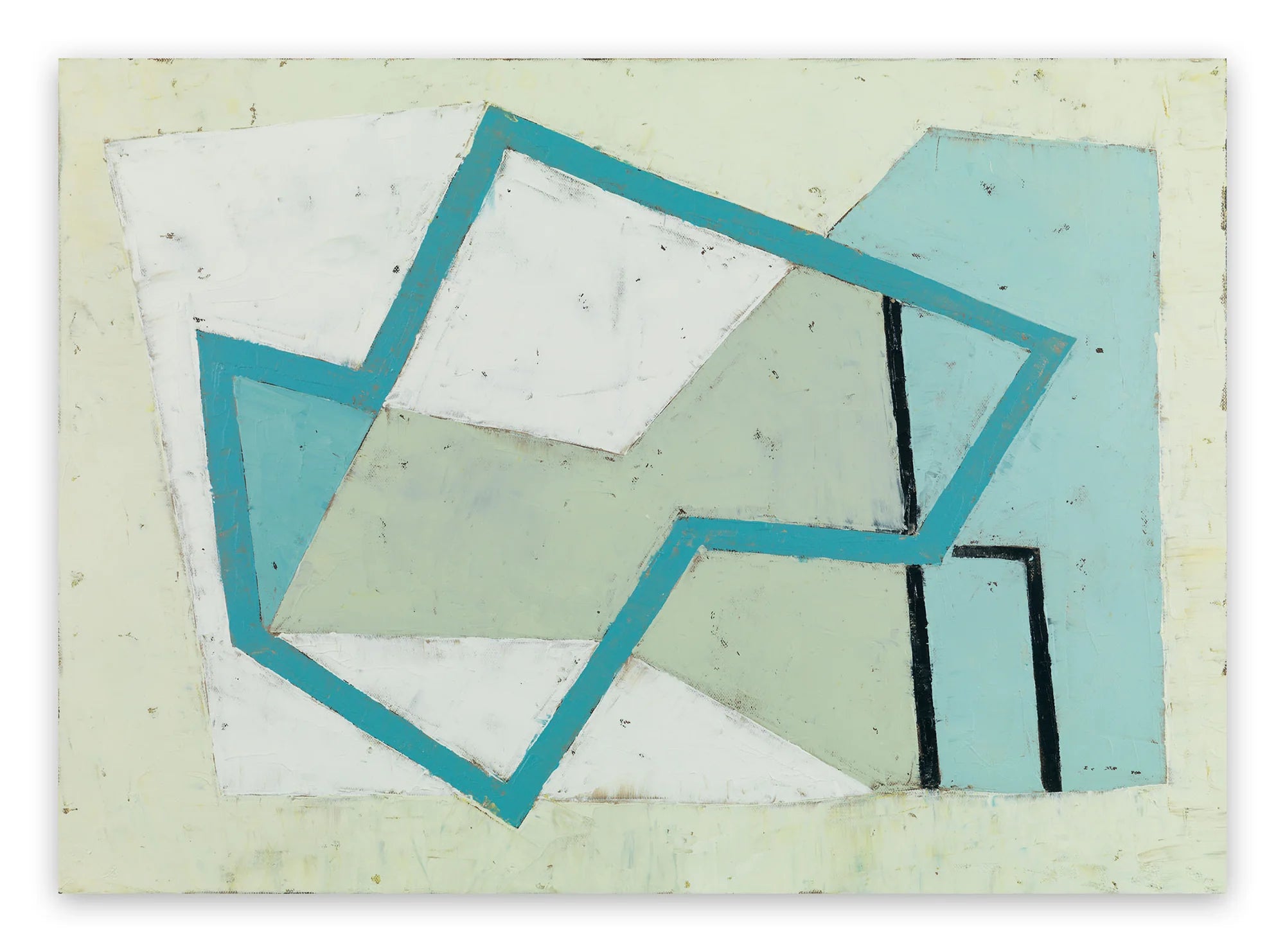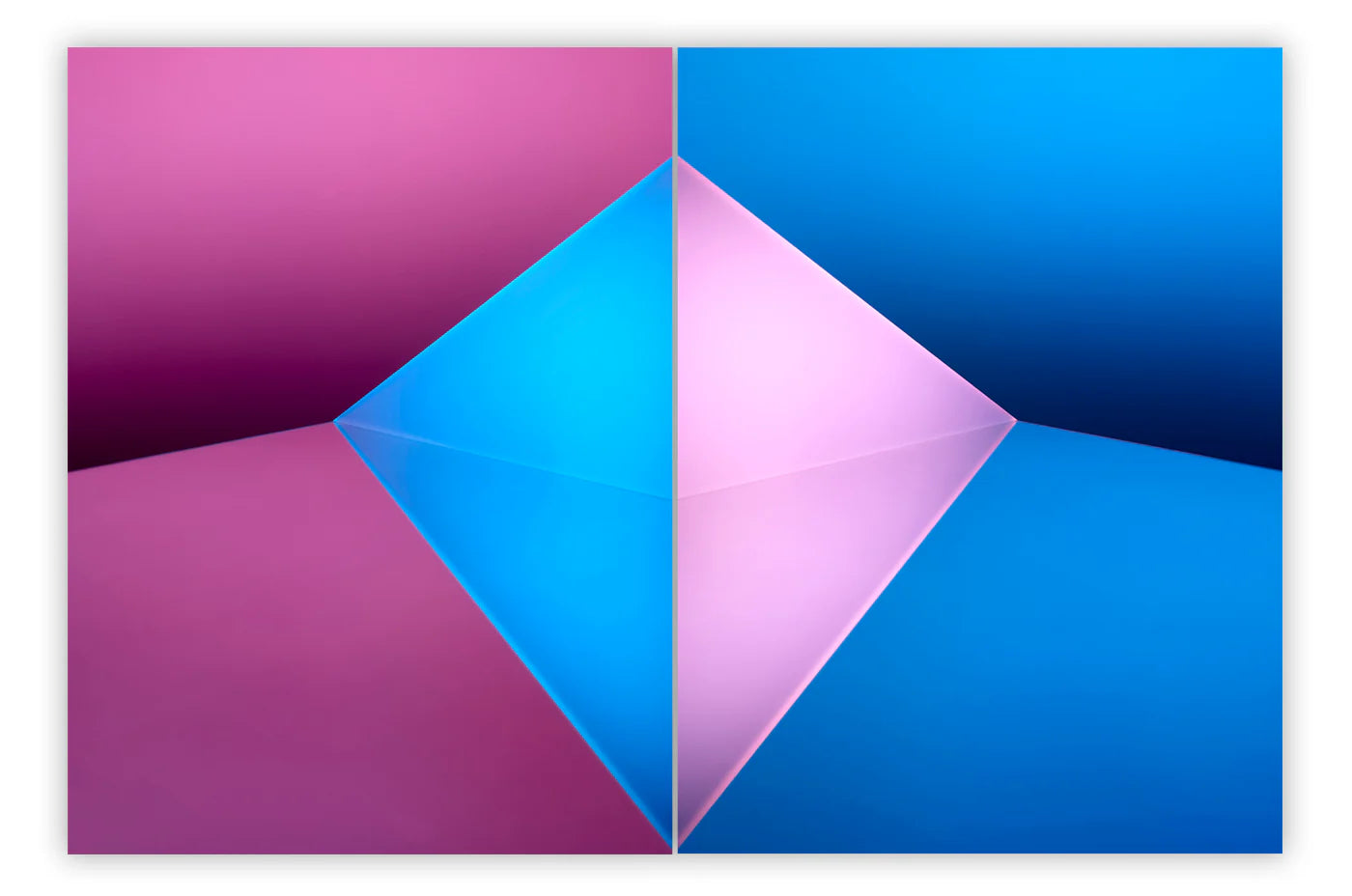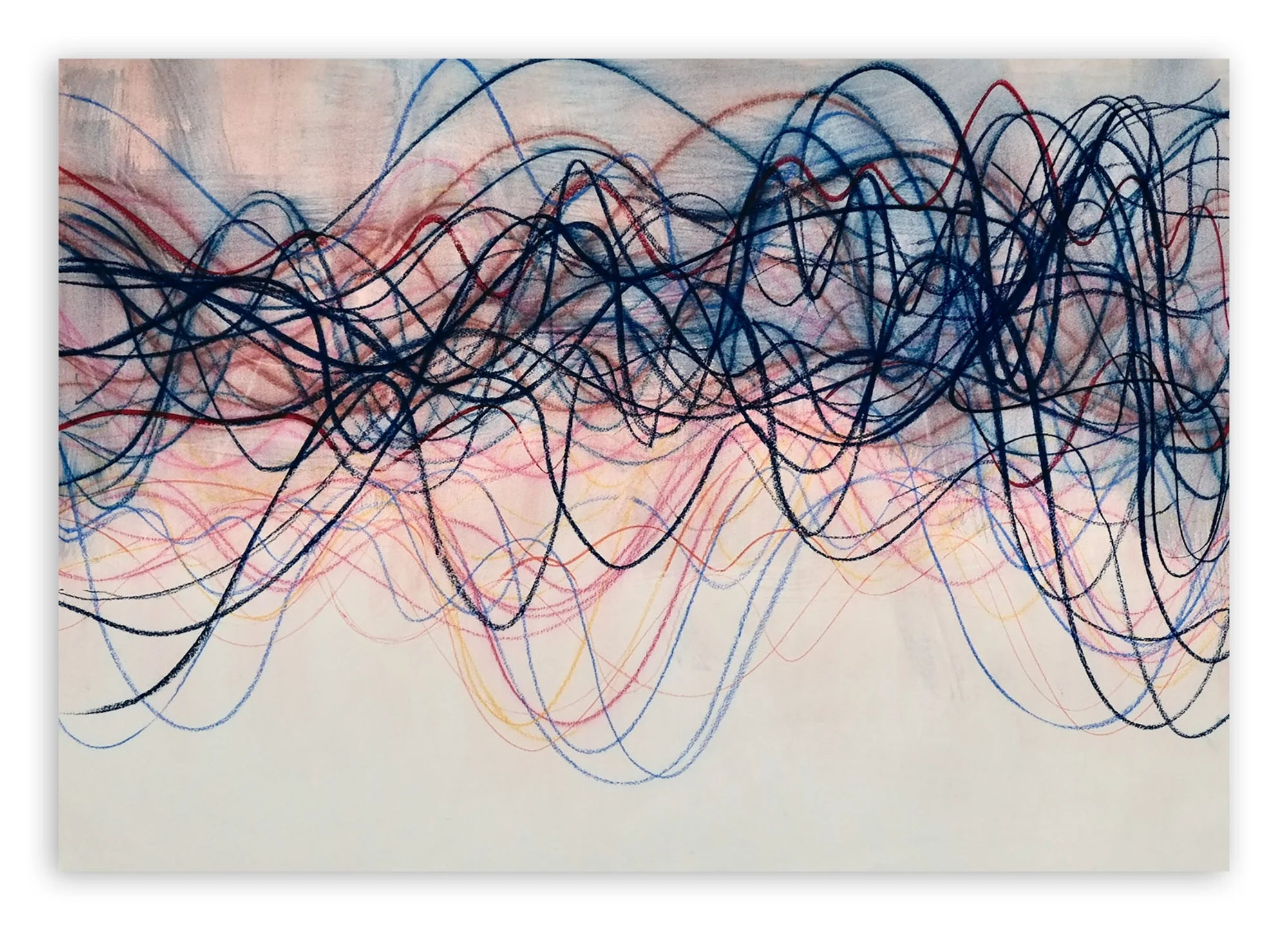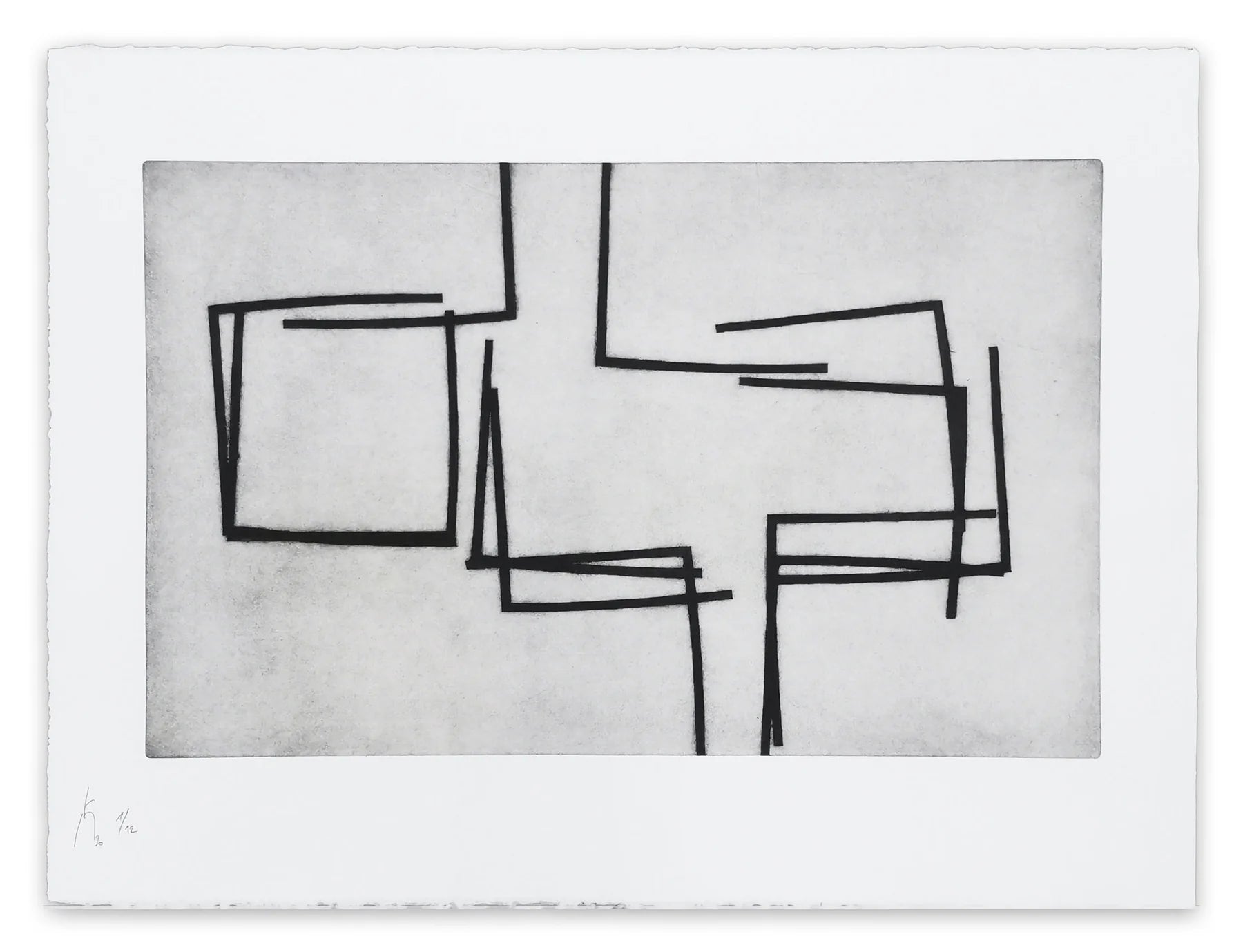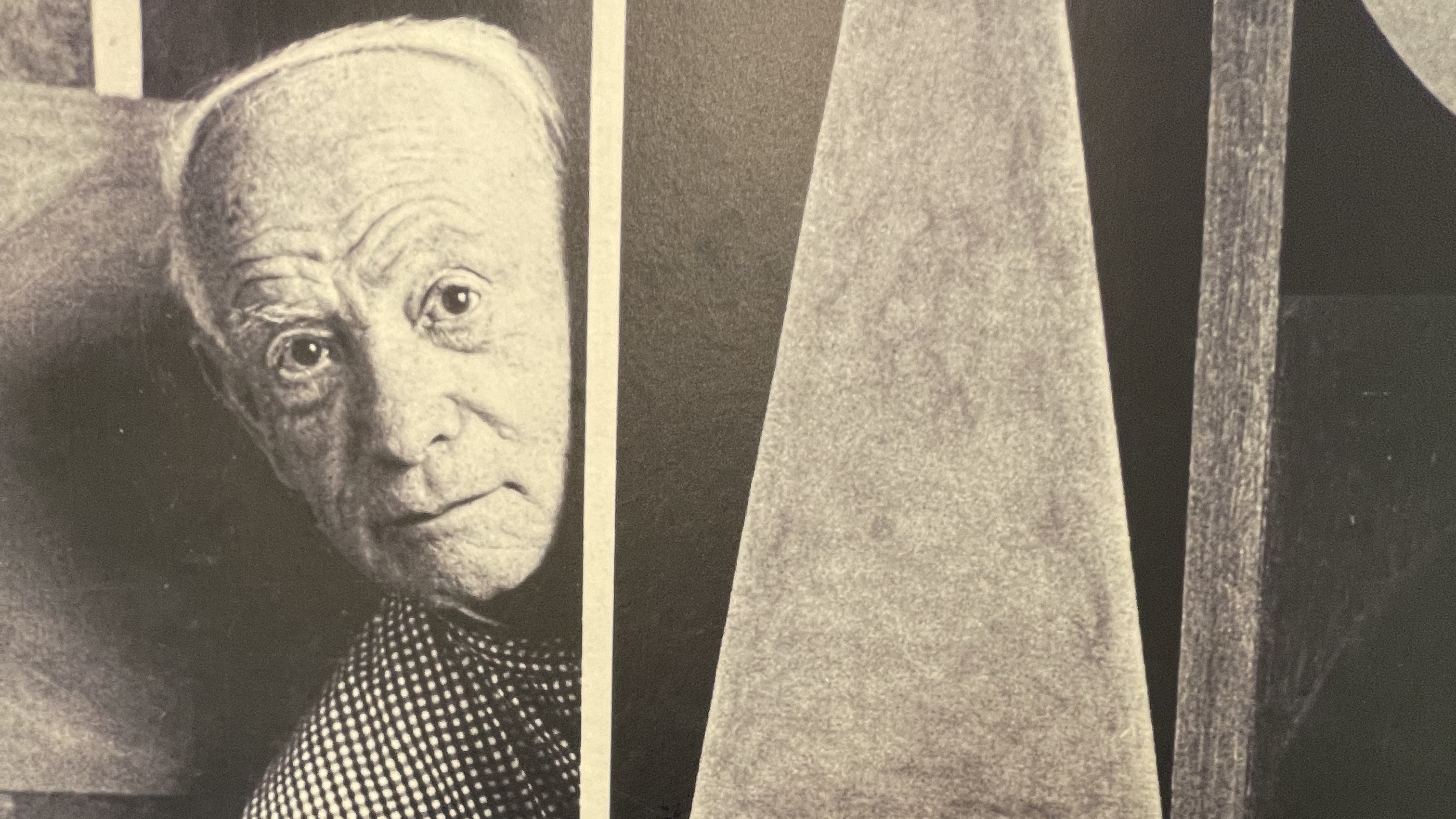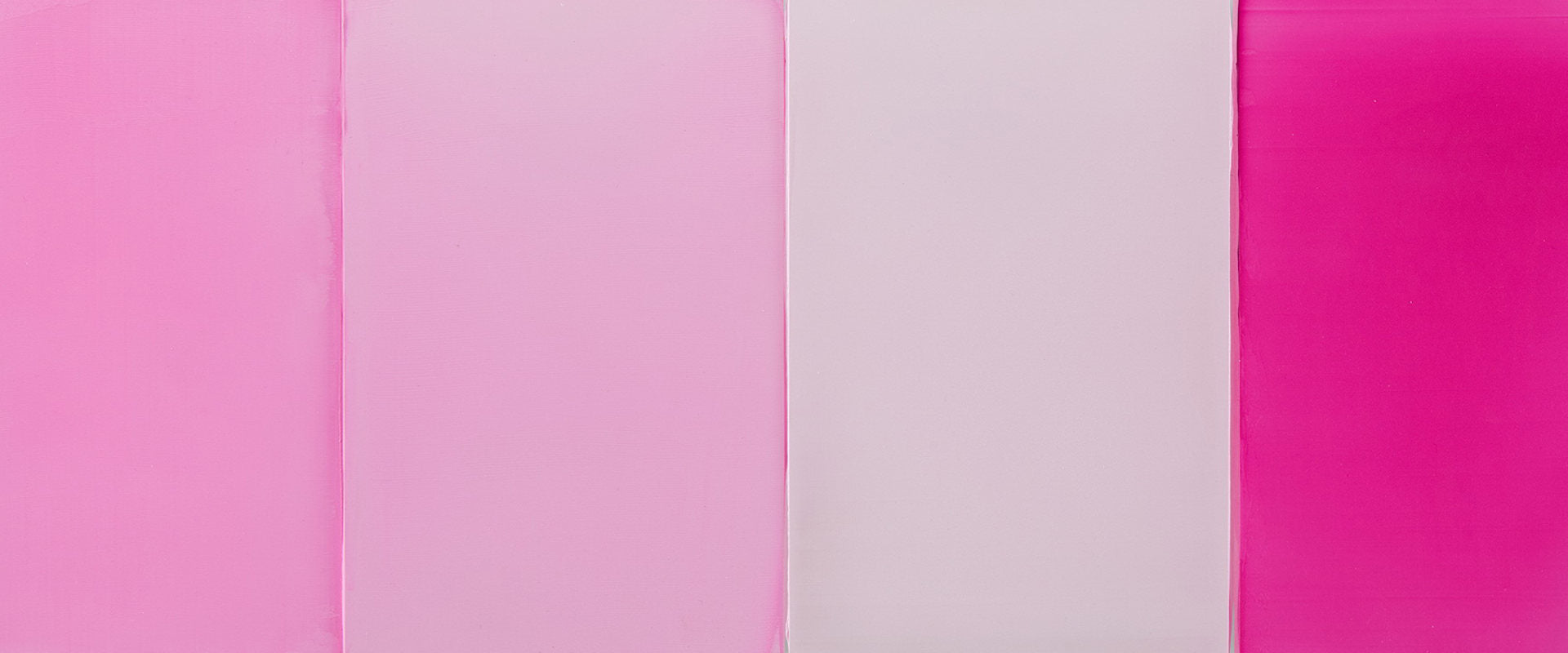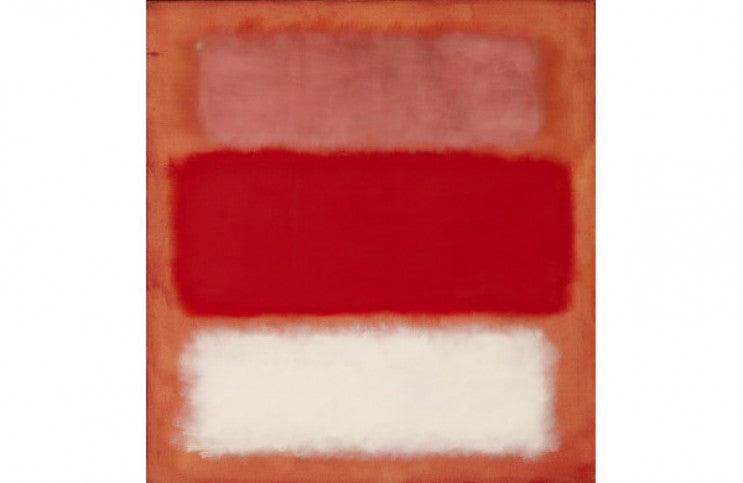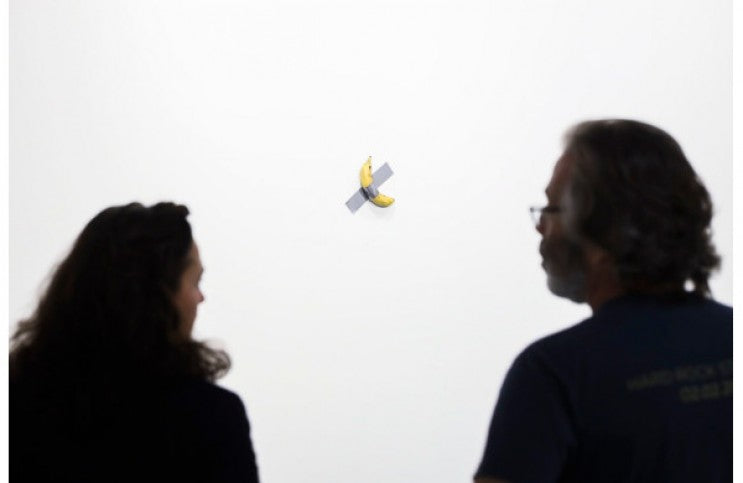
One (More) Word About Maurizio Cattelan’s “Comedian”
In the name of abstract art I say, “Thank you, Maurizio Cattelan. And bravo!” An Italian artist known for making hyper-realistic artworks, Cattelan has received ample scorn of late from critics, journalists, bloggers and social media commentators outraged and baffled by his sculpture “Comedian” (2019), which debuted in the booth of Perrotin Gallery at Art Basel Miami Beach 2019. “Comedian” (2019) is a wall-mounted sculptural assemblage consisting of a ripe, yellow, crescent-shaped, Cavendish banana affixed to a roughly 3.5 x 3.5-meter white wall, held in place about five feet off the ground at a 135-degree angle in the center of the wall by a strip of scissor-cut, silver duct tape roughly the same length as the banana attached to the banana perpendicularly and centered at about a 45-degree angle, so the composition resembles an X. As for the general lack of appreciation being expressed for the work by the media and the general public, the controversy seems to revolve around the amount of money three collectors paid to own the three editions of “Comedian” made available by the gallery (which came with certificates of authentication stipulating the banana may be switched out as needed). Personally, I fail to see why it matters to anyone how much money changes hands in a private art transaction. And I for one have nothing but gratitude for what Cattelan has done. “Comedian” has given my generation a gift worth far more than money. It has reminded us that art history is not only something recorded in books—it is a never-ending phenomenon each of us may participate in if we have the courage. For years, perhaps for centuries, people will still be talking about this perfect, abstract expression, and we will be able to say we were there when yet another artist raised the timeless question, “What is art?”
A Brief History of the Question
The oldest known artworks believed to be made by humans (or Neanderthals, to be precise) are a series of red, life-sized outlines of adult, human hands painted at about eye level on the interior walls of Maltravieso cave in Cáceres, Spain, approximately 64,000 years ago. Though we cannot be sure what the rest of the Neanderthals thought about the work, it is quite possible that the debate about what constitutes art debuted around the same time as the hand paintings. More recently, the question of what art is has been raging since at least 1860, when Claude Monet and the so-called “Impressionists” were mocked for their heretical paintings, which dared to portray intangibles like light and movement instead of strictly copying reality. We also know that a generation later, James Whistler officially took up the debate when he sued art critic John Ruskin for libel after Ruskin publicly ridiculed the painting “Nocturne in Black and Gold, the Falling Rocket” (1875), saying it was not worthy to be respected as art because it was too abstract.
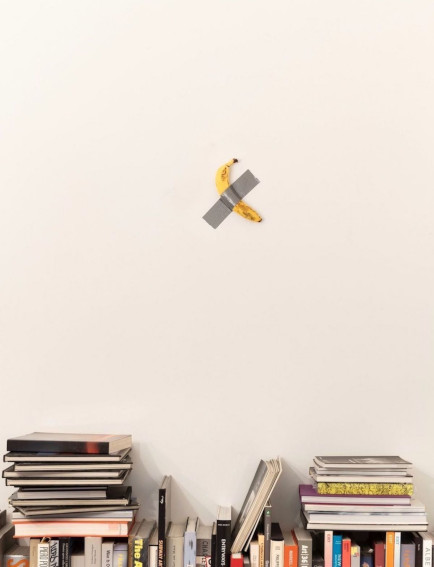
Maurizio Cattelan - Comedian, 2019. Banana and tape. Photo by Zeno Zotti/Jacopo Zotti. Courtesy of the artist and Perrotin
In 1915, Kazimir Malevich debuted his Suprematist paintings, including a painting now considered a masterpiece, “Black Square” (1915), to widespread scorn at The Last Futurist Exhibition 0,10 in Petrograd, Russia. Just a year earlier, Marcel Duchamp had originated the concept of the “Readymade” with his sculpture “Wine Rack,” arguing that an ordinary consumer object could be transformed into a work of art simply by virtue of being selected by an artist. Duchamp submitted his Readymade sculpture “Fountain”, an upside-down urinal signed R. Mutt, to the first exhibition of the Society of Independent Artists in 1917; although the constitution of the Society required all member submissions to be accepted, “Fountain” was rejected because in the opinion of the committee it was not art.
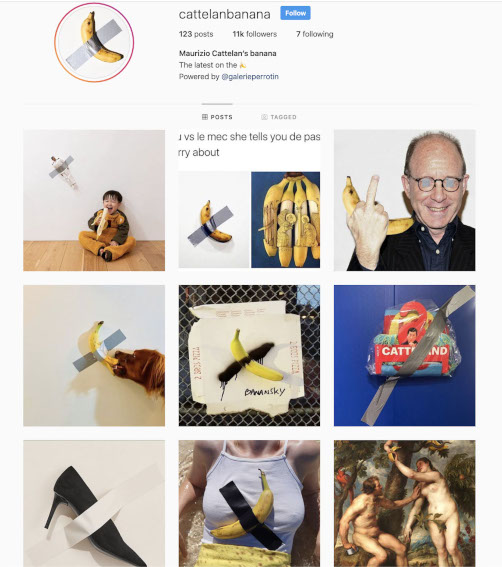
Screenshot of an Instagram account gathering all Banana parodies
Everything New is New Again
A generation after the world scorned “Fountain,” the Nazis took their turn in declaring what art could be by forcing the closure of the Bauhaus in 1933 and holding the Degenerate Art Exhibition in 1937, declaring to the world that Modernist and Abstract Art were incompatible with their authoritarian, nationalist values. Fourteen years after the Nazis were defeated, Yves Klein challenged the French to define the nature of art with his “Zone de Sensibilité Picturale Immatérielle (Zone of Immaterial Pictorial Sensibility)” (1959), a performance involving the transfer of a certificate that granted a buyer ownership of a zone of empty space in exchange for a sum of gold. The ritual was completed when the buyer burned the certificate and Klein threw half of the sum of gold into the Seine in the presence of the director of an art museum, “an art critic or distinguished dealer,” plus two other witnesses.
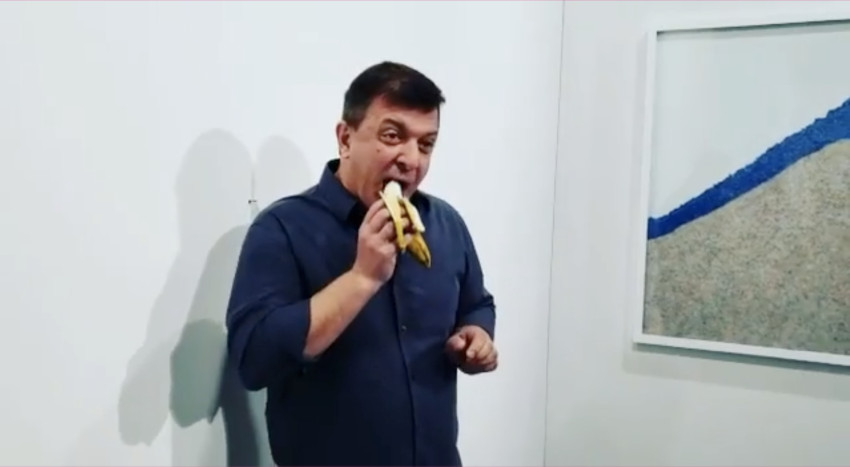
Screenshot of artist David Datuna eating the banana at Galerie Perrotin booth at Art Basel 2019
After Klein, untold scores of artists have eagerly challenged accepted notions of what art can be: In 1961, Italian artist Piero Manzoni sold cans of his own excrement, calling them “Merda d’Artista;” in 1964, American artist Andy Warhol debuted his larger than life replicas of “Brillo Soap Pads Boxes,” German artist Joseph Beuys first performed his self-explanatory action “How to Explain Pictures to a Dead Hare (Wie man dem toten Hasen die Bilder erklärt)” in Dusseldorf in 1965; American artists Judy Chicago and Miriam Schapiro organized “Womanhouse” in 1972, which included, among other things, a douche bag affixed to the center of a white wall in the “Menstruation Bathroom;” in 1987, Andres Serrano gave the world “Piss Christ,” a photograph of a crucifix suspended in a container of urine; in 1995, British artist Tracy Emin offered the names of everyone she had ever slept with appliquéd inside of a tent in the sculpture “Everyone I Have Ever Slept With 1963–1995;” a year later, her countryman Chris Ofili gave us “The Holy Virgin Mary” (1996) painted in elephant dung. And this list could go on and on. “Comedian” is not the first of its kind—it is not even the first banana affixed to something, nor the first thing stuck to a wall with duct tape, nor even the first banana affixed to a wall with duct tape. What is it? It is art, and a defense of art, whether anyone likes it or not.
Featured image: Comedian (2019) by Maurizio Cattelan at the 2019 Art Basel Miami Beach. Courtesy Art Basel
All images used for illustrative purposes only
By Phillip Barcio
